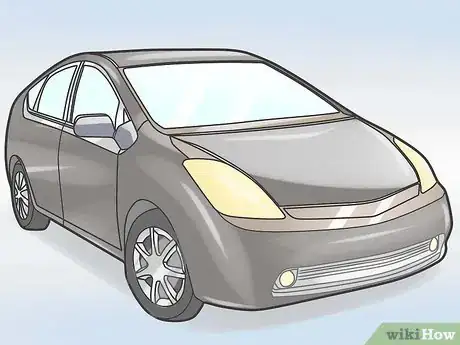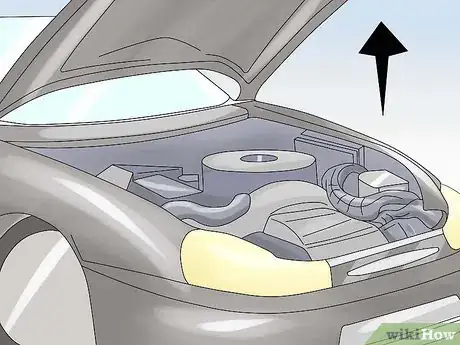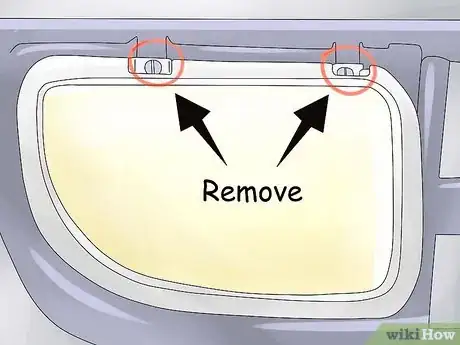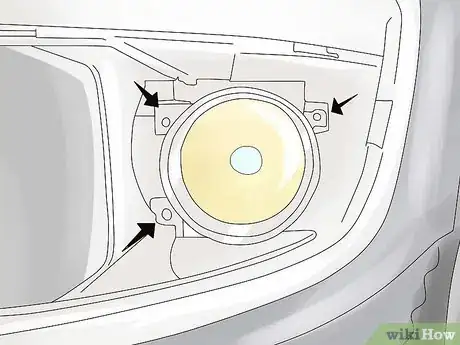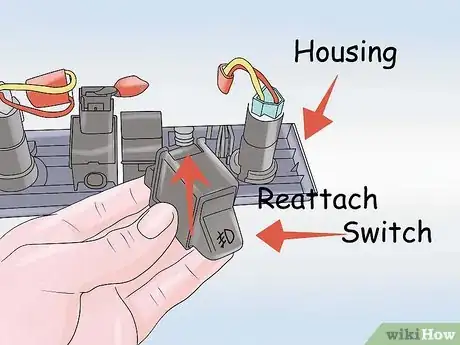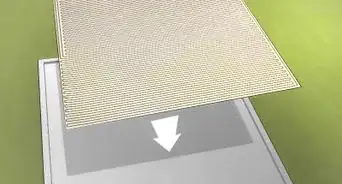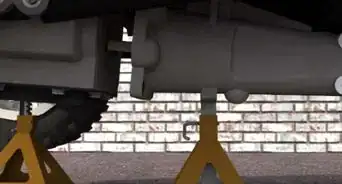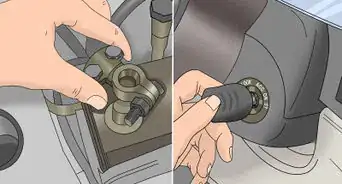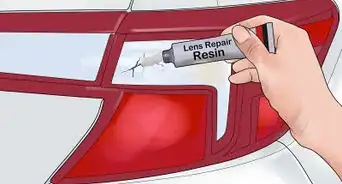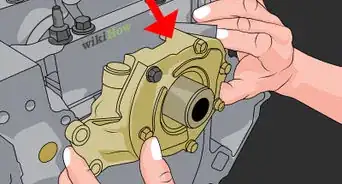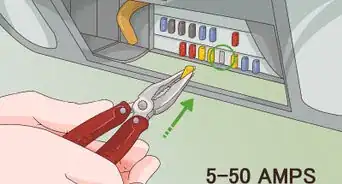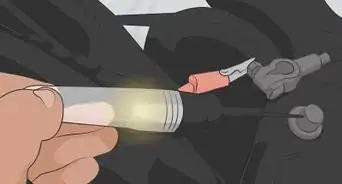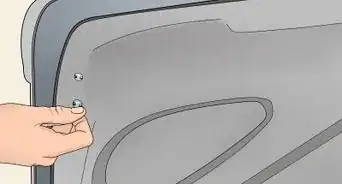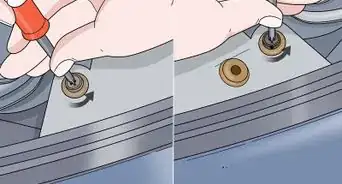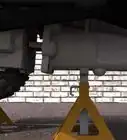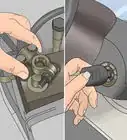X
wikiHow is a “wiki,” similar to Wikipedia, which means that many of our articles are co-written by multiple authors. To create this article, 22 people, some anonymous, worked to edit and improve it over time.
There are 7 references cited in this article, which can be found at the bottom of the page.
This article has been viewed 364,760 times.
Learn more...
Installing new fog lights on your vehicle can greatly improve your visibility in poor weather conditions.[1] Most kits come with detailed instructions on how to install them, and are designed for those with little to no wiring experience. Installing fog lights will be different on every car model. Follow these general steps for a guide on getting started.
Steps
Method 1
Method 1 of 2:
Choosing Your Fog Lights
-
1Check your local laws. Some areas have restrictions on the type and color of lights you can install. Check your local regulations to make sure that your new lights are in compliance. Not all fog lights are approved for road use by the Department of Transportation.[2]
-
2Choose your bulb type. There are three main types of bulbs available for fog lights. Pick the style that you find most useful.[3]
- LED (Light Emitting Diodes) are very bright and have a long life.[4] They also use less energy and are not as prone to vibration. The downside is their cost, as they are quite a bit more expensive than halogens.
- HID (High Intensity Discharge) use xenon gas to produce a high quantity of bright light. HIDs are popular because the light produced is closer to daytime light.
- Halogen is the oldest type of light, but also the most widely available and cheapest to obtain. It is made with a single filament bulb and halogen gas. These lights typically run hot and are prone to burnouts.[5]
Advertisement -
3Choose the style of lights. There are a large variety of fog light styles available, but they all break down into three mounting categories. Decide which style fits your vehicle best.
- Bumper Mount. Bumper mount lights fit in specifically designed holes and are usually round or rectangular. This style is the way that most fog lights come from the factory. If you’re replacing your stock fog lights, this is where to start.
- Grill Mount. Larger, usually round. These lights are installed on the front grille or mounted directly behind it. This style is typically seen more with trucks and SUVs.
- Rack Mount. Round or rectangular lights. These are mounted above the vehicle or onto a front brush guard. This style is also seen more with trucks and SUVs.
Advertisement
Method 2
Method 2 of 2:
Install Your Fog Lights
-
1Make sure your vehicle is parked and turned off. Try to have it on as level a surface as possible. Engage the parking brake.[6]
-
2Open the hood. Bumper mounted fog lights are typically below the headlights. Check your vehicle manual if you have difficulty locating them.
-
3Disconnect the fog light switch from the housing. This disconnects the fog light from the vehicle’s power system. It should disconnect by detaching the clip.
-
4Remove the washer, bolt, and nut. This will allow you to remove the fog light housing. Make sure that you hold on to all your parts until the installation is complete.
-
5Remove the housing. Be careful not to scratch the bumper. If you are installing grille or roof-mounted lights, lift away from the vehicle to be sure to avoid scratching the roof or body.
-
6Insert the new fog light. The housing should fit into the space left by the old one. If it does not, you may have purchased the incorrect headlights.
- Make sure that the bolt holes line up; otherwise you may have to drill new ones.
-
7Insert the bolt. Thread the washer and nut over the bolt, tightening with a ratchet or wrench. Do not over tighten as you may damage the fog light housing or the vehicle. The housing should be snug and immobile.
-
8Reattach the switch. Reconnect the fog light switch using the clip. The new fog light should now be properly powered by the vehicle’s battery.
-
9Start the ignition. Test your new lights. Ensure that the angle is good for visibility and won’t shine in other drivers’ eyes.
Advertisement
References
- ↑ https://shop.advanceautoparts.com/r/advice/car-technology/everything-you-should-know-about-fog-lights
- ↑ https://www.fmcsa.dot.gov/regulations/title49/section/393.24
- ↑ https://www.consumerreports.org/headlights/are-hid-and-led-headlights-worth-buying/
- ↑ https://www.energystar.gov/products/lighting_fans/light_bulbs/learn_about_led_bulbs
- ↑ http://edisontechcenter.org/halogen.html
- ↑ https://shop.advanceautoparts.com/r/car-projects/how-to-install-fog-lights
- https://www.youtube.com/watch?v=Ot-wH5lJDGU
Community Q&A
-
QuestionHow do I install fog lights if there's no wiring or switch to connect them?
 Community AnswerPurchase a kit that includes the wiring.
Community AnswerPurchase a kit that includes the wiring. -
QuestionHow is the wiring secured around the engine?
 Community AnswerZipties and electrical conduit. Pay attention and don't let slack fall onto the radiator, fans, belts, or the engine itself.
Community AnswerZipties and electrical conduit. Pay attention and don't let slack fall onto the radiator, fans, belts, or the engine itself. -
QuestionHow do I install exterior accent lights on a 2017 Volkswagen Jetta where the fog lights go?
 Community AnswerYou'll need, a Dremel to cut out the holes on the front bumper to be able to mount the lights underneath, and extra wiring connections to tie the lights into your existing electrical system. As an added idea, consider adding an extra set on the bottom of the rear bumper to aid in backing up at night.
Community AnswerYou'll need, a Dremel to cut out the holes on the front bumper to be able to mount the lights underneath, and extra wiring connections to tie the lights into your existing electrical system. As an added idea, consider adding an extra set on the bottom of the rear bumper to aid in backing up at night.
Advertisement
Warnings
- Be sure that the car is completely off before installing new lights.⧼thumbs_response⧽
- Never touch the bulb directly with your bare hands.⧼thumbs_response⧽
Advertisement
Things You'll Need
- Wrench or ratchet
- Fog light kit
About This Article
Advertisement



